Sound. DNA. Life. Cymatics.
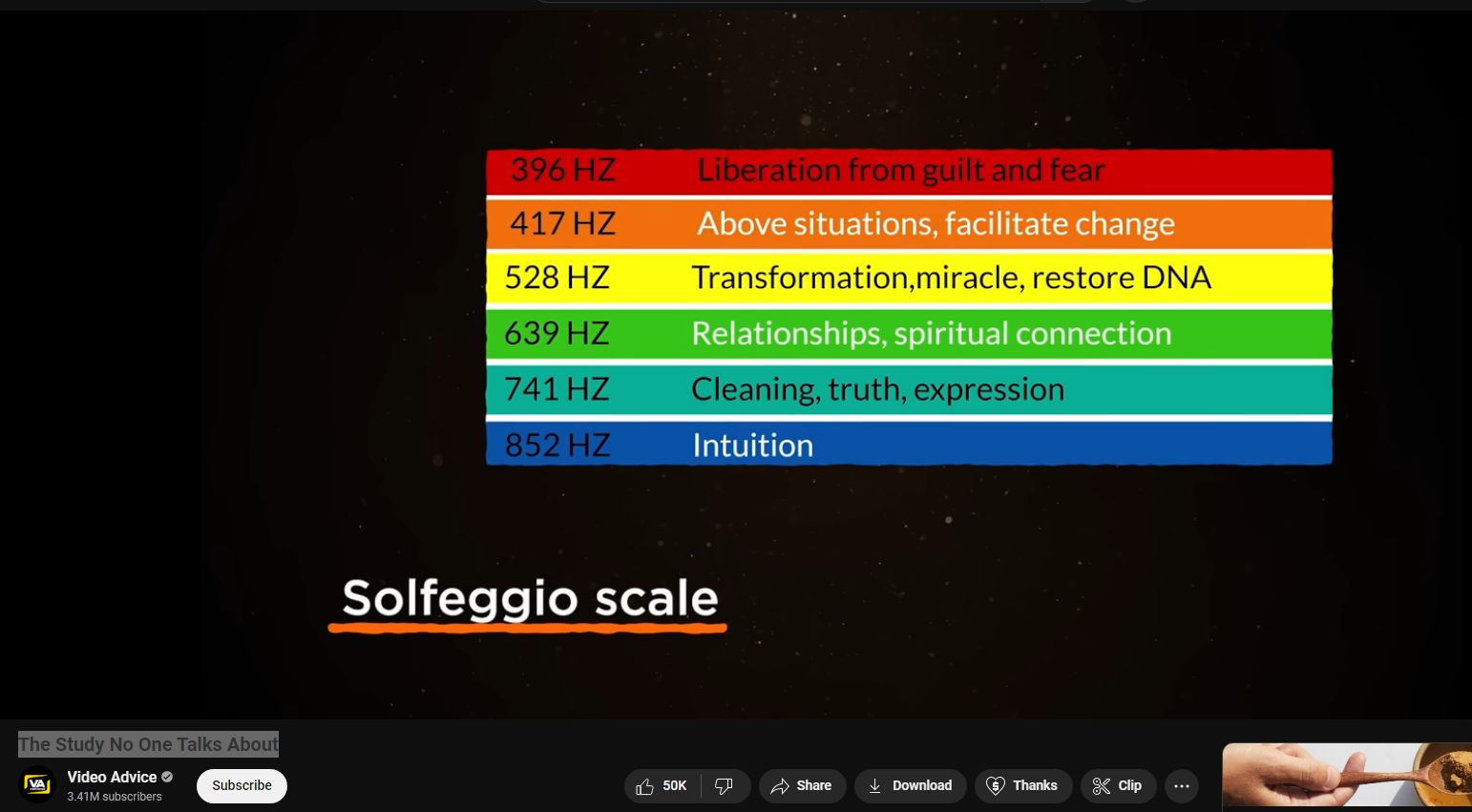
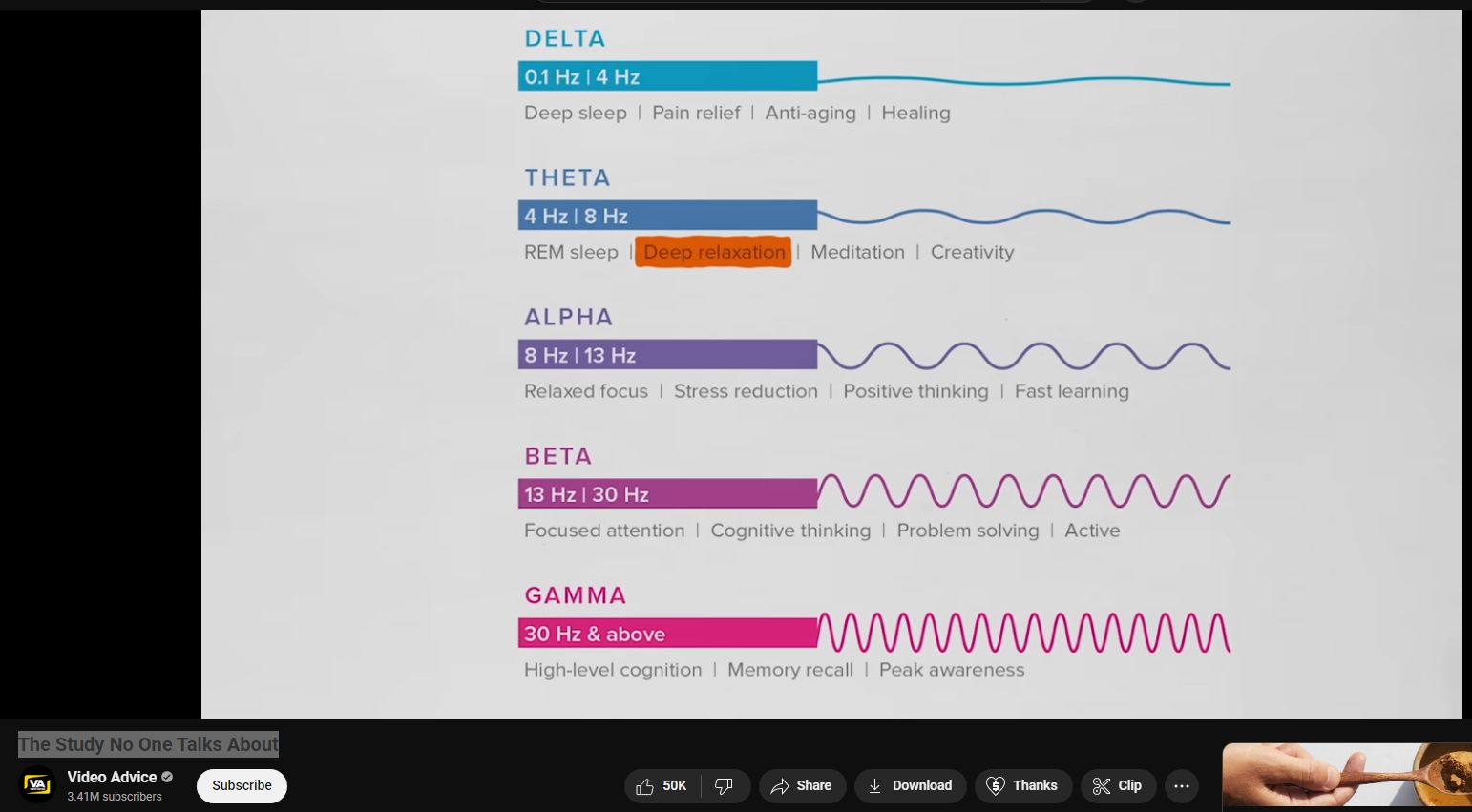
 Epigenetics – the factors beyond DNA sequence that influence genetic expression.
Epigenetics – the factors beyond DNA sequence that influence genetic expression.
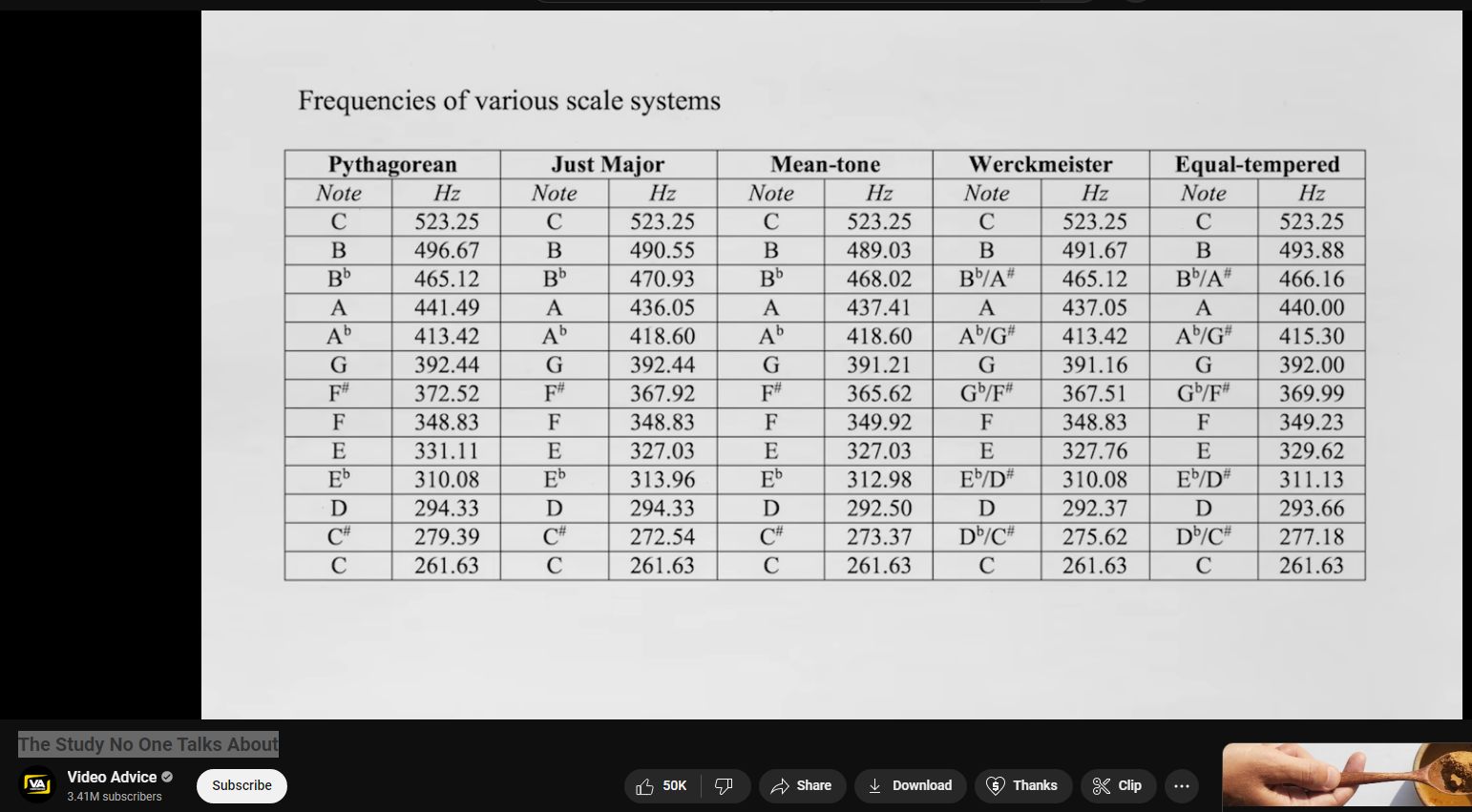
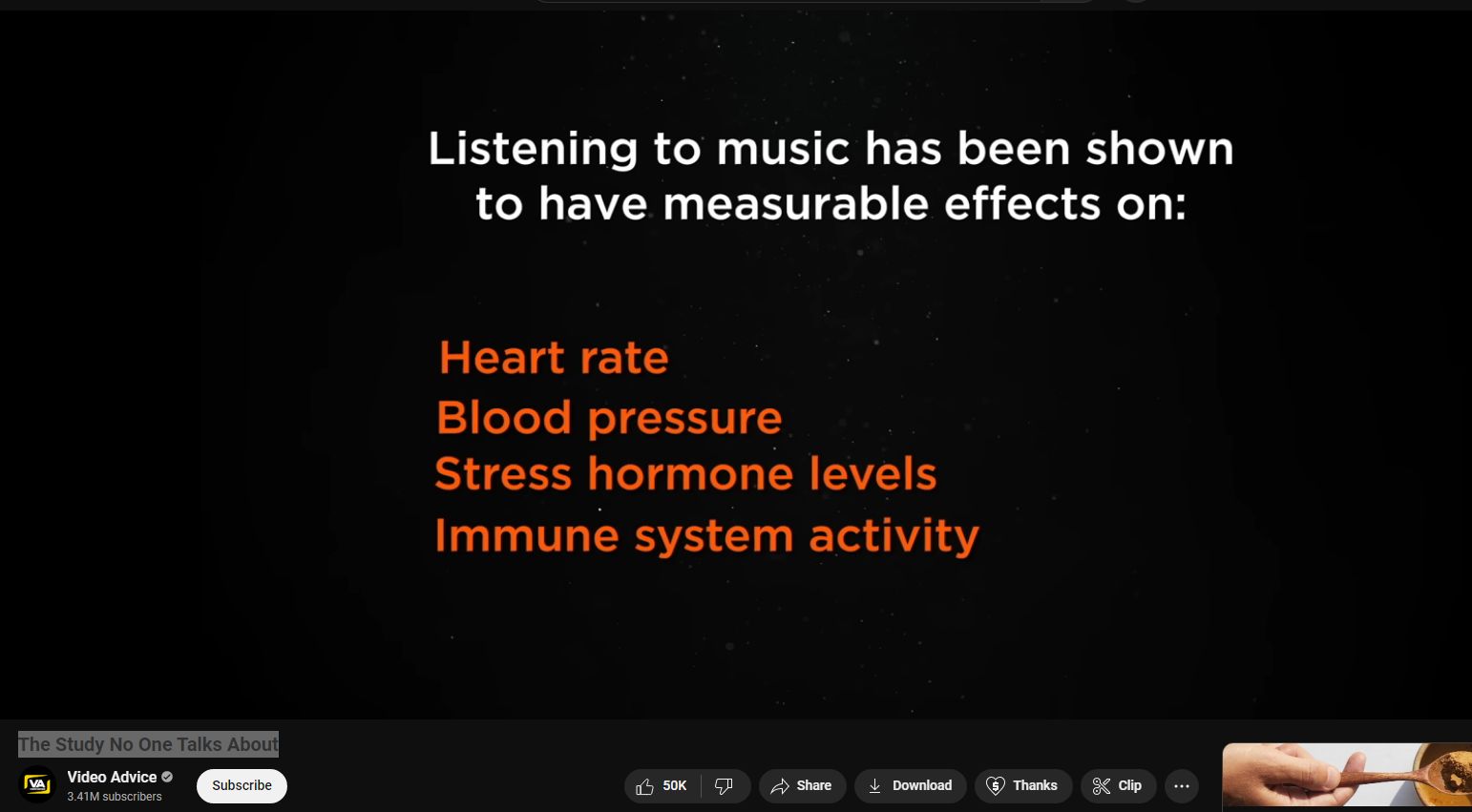




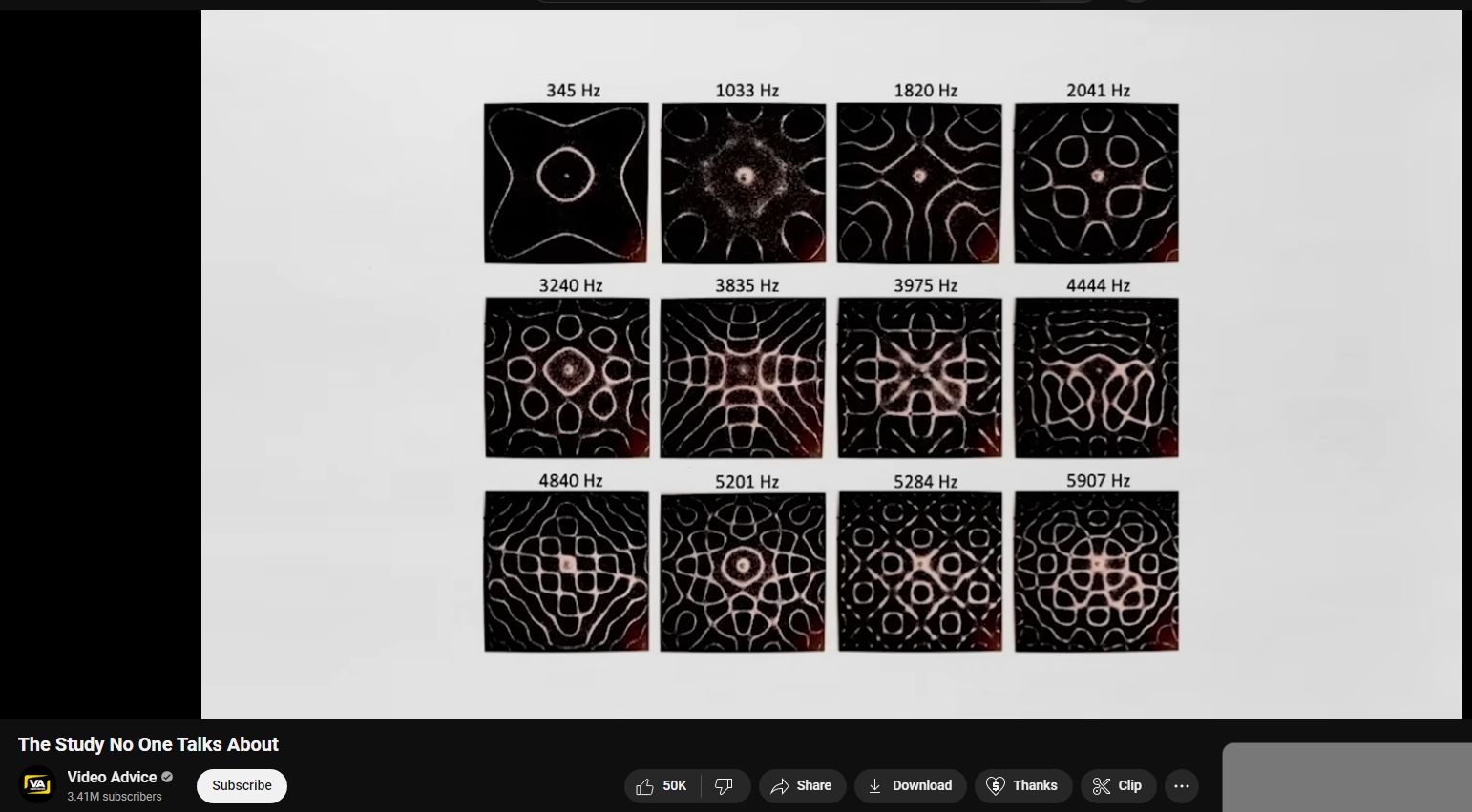
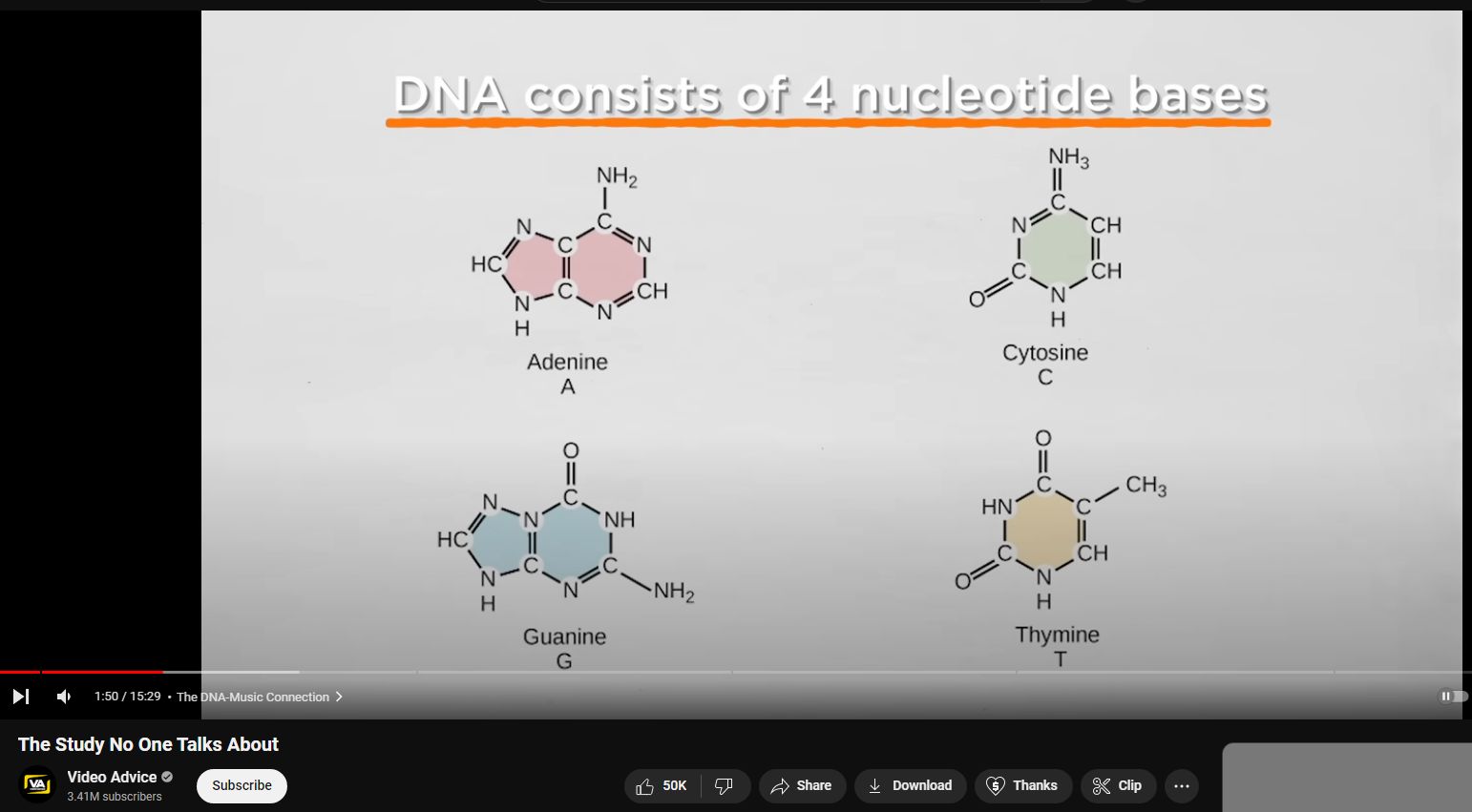
Sound. DNA. Life. Cymatics.
The list you’ve provided encompasses a broad range of topics that intersect various fields such as biology, acoustics, music, physics, and wellness. These terms collectively suggest an interest in how sound and electromagnetic frequencies might influence biological processes, from the molecular to the organism level, and how these principles can be applied in therapeutic contexts. Let’s explore some of these connections and their implications:
Acoustics and Bioacoustics
– Acoustics is the branch of physics concerned with the study of sound: its generation, transmission, and effects. It has applications ranging from architectural design to noise control.
– Bioacoustics deals with the production, transmission, and reception of sound in animals, including humans. It explores how animals use sound to communicate, navigate, and interact with their environment.
Molecular Biology and Genetics
– DNA (Deoxyribonucleic Acid) and its bases (Adenine, Cytosine, Guanine, Thymine) are fundamental to genetics, encoding the instructions for life. The structure and function of DNA are influenced by various factors, including potentially electromagnetic fields (EMFs) and sound vibrations.
– Epigenetics studies how behaviors and environment can cause changes that affect the way genes work. Emerging research investigates whether sound or EMFs can induce epigenetic changes.
Sound, Music, and Therapy
– Cymatics is the study of visible sound and vibration, often used to demonstrate how sound frequencies can organize matter into patterns.
– Sound Therapy utilizes aspects of sound, including music, to improve physical and emotional health and well-being. It’s based on the idea that specific sound frequencies can have therapeutic effects by influencing physiological processes.
Physics and Physiology
– Resonance and Vibration are physical phenomena where an object or system vibrates at a specific frequency, and they can influence biological systems at the cellular or molecular level.
– Schumann Resonance refers to the natural electromagnetic resonances generated and excited by lightning discharges in the cavity formed by the Earth’s surface and the ionosphere. It has been hypothesized to influence human health and behavior.
– Microwaves and RF (Radio Frequency) are forms of electromagnetic radiation. There’s ongoing research into how these frequencies affect biological tissues, including potential mechanisms like molecular antenna effects, which suggest molecules in cells can act like antennas and respond to specific electromagnetic frequencies.
Applications and Implications
– Molecular Antenna concept and Neurotransmitter Modulation could suggest mechanisms by which cells and neural pathways respond to external frequencies, influencing processes like Protein Synthesis and Cell Growth.
– Physiology and Wellness: Understanding how sound and electromagnetic frequencies influence physiological processes can lead to novel therapeutic approaches, such as using specific frequencies for healing or wellness practices, balancing aspects like the Yin Yang principle from traditional Chinese medicine.
Integrative Perspective
Integrating knowledge from these diverse fields can lead to a deeper understanding of how life and matter respond to sound, vibration, and electromagnetic frequencies. This interdisciplinary approach could pave the way for innovative treatments in medicine, enhance wellness practices, and deepen our understanding of the natural world. As research in these areas continues to evolve, it’s crucial to rely on scientifically validated methods and findings to guide applications and implications in health and therapy.